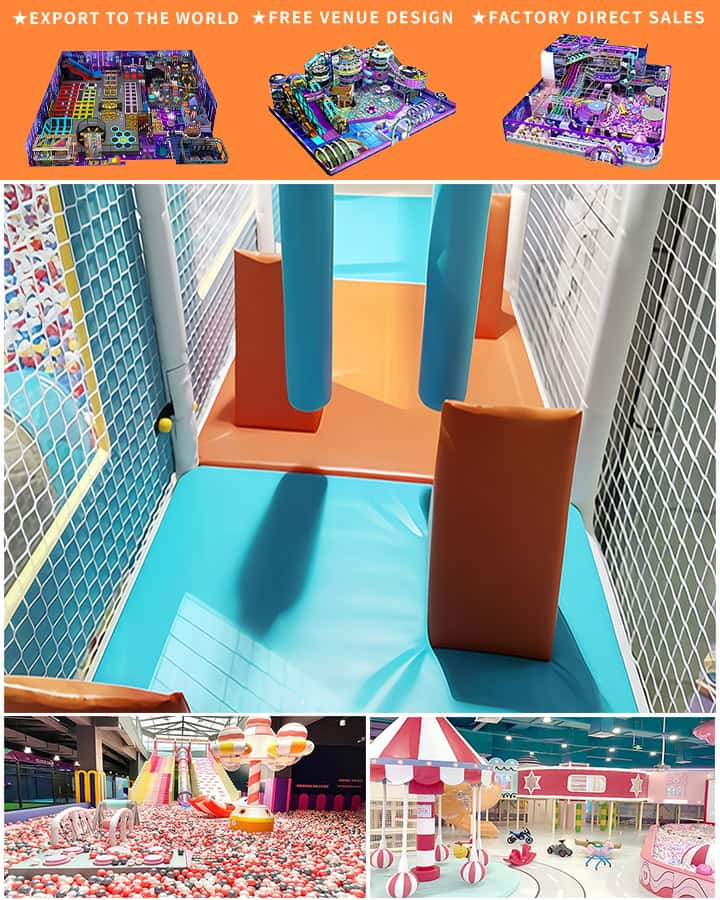In recent years, the importance of inclusive playgrounds has gained significant attention. Ensuring that all children, regardless of their physical abilities, can enjoy outdoor play is a vital aspect of community development. Inclusive playground equipment for handicapped children not only promotes equality and acceptance but also offers numerous benefits both physically and mentally. Let’s delve into the essential types of playground equipment designed to cater to the needs of handicapped children, fostering an environment where every child can participate and thrive.
Swing Sets with Adaptations
One of the simplest yet most beloved pieces of playground equipment is the swing set. For handicapped children, traditional swings can sometimes be inaccessible. However, adaptive swings have been designed to provide the same joyful experience. These swings come in various forms, including platforms or seats that offer additional support, ensuring children with mobility challenges can enjoy the sensation of swinging safely. Bucket-style swings are particularly popular, as they provide a secure and comfortable option for children with disabilities.
Wheelchair-Accessible Carousels
Carousels are another classic playground attraction that can be made inclusive. Wheelchair-accessible carousels are equipped with features such as ramps or lifts, allowing children who use wheelchairs to join in the fun. Some modern carousel designs even include space for caregivers to accompany the child if necessary, ensuring that everyone can participate without feeling left out. These carousels often have adjustable seats and safety bars, providing a comfortable and secure ride for all users.

Sensory Play Equipment
Children with sensory processing disorders can find traditional playgrounds overwhelming due to sights, sounds, and textures. Sensory play equipment is designed to engage these children by providing stimuli that are both calming and exciting. This type of equipment might include items like sensory walls with different textures, musical instruments, and interactive panels that light up or make sounds when touched. These elements help in developing sensory motor skills while offering a fun and engaging experience.
Ramps and Pathways
An often overlooked yet crucial component of inclusive playgrounds is the design of pathways and entry points. Ramps are essential for making playgrounds accessible to children in wheelchairs or those with mobility issues. These pathways should be wide enough to accommodate various types of equipment, such as strollers or wheelchairs, and ideally made from smooth, non-slip materials to ensure safety. Well-designed ramps allow uninterrupted access to all playground structures, promoting independence and freedom of movement for handicapped children.
Interactive Storytelling Areas
Storytelling areas provide an excellent opportunity for social interaction and imaginative play. These spaces can be customized to cater to children with hearing impairments by incorporating sign language boards or tactile storytelling devices. Interactive storytelling areas often feature low platforms and cushioned seating, allowing children to comfortably engage in group activities, fostering inclusion and teamwork.
Climbing Walls and Netting
Climbing walls and netting structures are great for building strength, coordination, and confidence. For handicapped children, these structures need to be designed with accessibility in mind. Features such as handholds, footholds, and gentle slopes can aid in climbing efforts, while soft landing surfaces ensure safety. These adaptations encourage physical activity and provide a sense of accomplishment for children who may face challenges in navigating traditional climbing equipment.
Water Play Features
Water play areas are a hit among children, especially during warmer months. To make these areas inclusive, consider water tables at varying heights, allowing children of different sizes to engage easily. Splash pads with gentle sprays and shallow pools can also be adapted with non-slip surfaces and easy entry points. Water play features should be designed to accommodate wheelchair access, ensuring that all children can cool off and enjoy the fun.
Conclusion
Creating an inclusive playground requires thoughtful planning and consideration of the unique needs of handicapped children. By incorporating adaptive swing sets, wheelchair-accessible carousels, sensory play equipment, well-designed ramps, interactive storytelling areas, accessible climbing structures, and water play features, communities can create environments where every child enjoys equal play opportunities. Inclusive playgrounds are more than just recreational spaces; they are places where diversity is celebrated, and every child has the chance to play, learn, and grow together.




